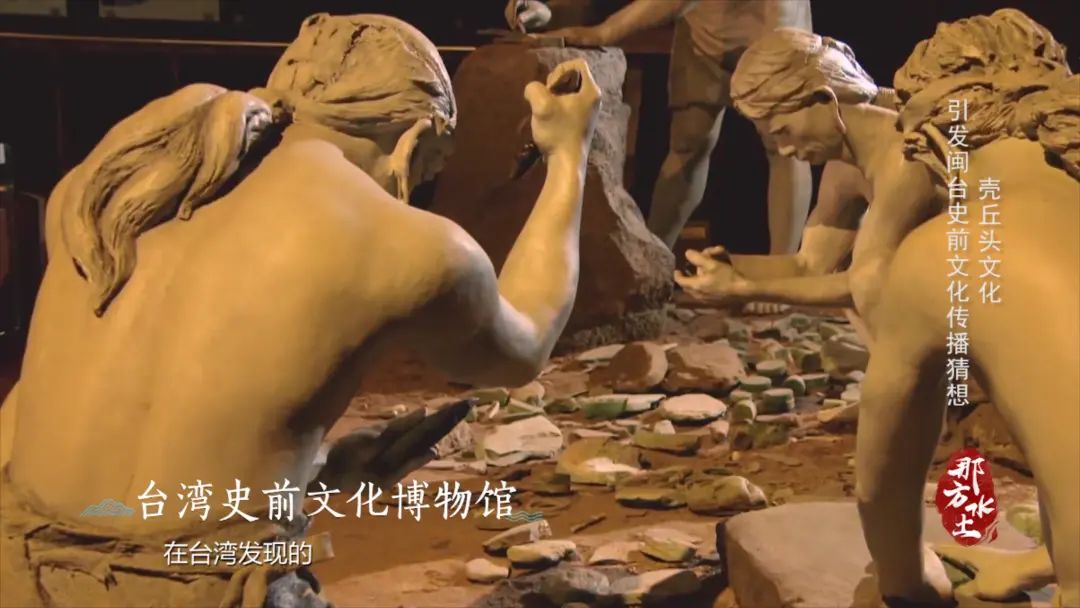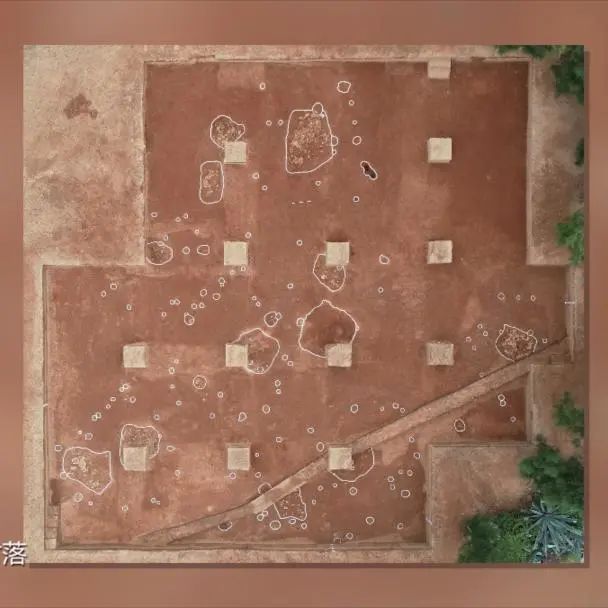Tracing Pingtan: Austronesian ancestry revealed
en.ptnet.cn | Updated:2022-12-02 | Lin Kongbo, Stephanie
Aboriginals in the Pacific and Indian oceans speak about 1,200 languages, but many core words such as sharks, squids, and shrimps are the same in these languages. Linguists collectively refer to them as Austronesian.
Though far apart, they have customs in common and can conduct basic exchanges in the same language. Their ancestors had discovered and settled in all islands in the South Pacific as early as thousands of years before Europeans began to venture into the ocean.
Archeologists discovered the Keqiutou ruins in 1958 in Nanlong Village of Pingtan, an island off E China’s Fujian province.

In the 1980s, Fujian Museum sent archeological teams to launch the first large-scale excavation, unearthing one tomb, 21 shell pile-up pits, and 200 relics such as stone tools, bone artifacts, jade, shell implements, pottery, etc.
The second excavation in 2004 confirmed the ruins dated back to 6000 years ago. The Keqiutou forefathers likely belong to the genome of the Neolithic civilization in Taiwan.

Linguistics research in the present day has found that Taiwan is one of the earliest birthplaces of the Austronesian-linguistic group. The Dapenkeng ruins in Taiwan, which dated back to about 6000 years ago, were the cradle of the Austronesian cultural ancestry. Nevertheless, Dapenkeng differs from Changbin ruins, the earliest civilization in Taiwan.
Experts and scholars generally believe human migration is the main factor influencing Dapenkeng's cultural evolution in prehistoric times, specifically from early settlers of the southeast coast of the mainland.

Pingtan is the closest place on the mainland to the island of Taiwan. With its unique geographical location, the island has witnessed mankind's defining moment in maritime history and became the crux to uncovering the mystery of Austronesian ancestry in archaeology studies.
International Research Base for Austronesian Archaeology, the first international Austronesian archaeological research institution in China, was established in Pingtan to conduct in-depth prehistoric archaeological investigations, excavations, and research on both sides of the Taiwan Straits.

There are 30 sites of Keqiutou ruins in Pingtan, covering a total area of over 160,000 square meters. They span from the Paleolithic period to the Bronze Age, indicating that humans lived in Pingtan tens of thousands of years ago.
The ancestors of Keqiutou in the middle of the Neolithic Age not only collected stones from the foot of the mountains nearby and the sea, polished them into tools, and even had aesthetic ornaments such as jade.
The pottery they made has been restored by archaeologists, vaguely recreating the scene thousands of years ago. The animal limb bones, teeth, antlers, shells, and other objects they left behind have recreated the ecological environment and way of life at that time.
The transformation over 2,000 years since the Qin and Han dynasties and human migration from the north to the south had slowly eroded the Austronesian languages along the coast of Fujian. Eventually, it was replaced by Sino-Tibetan languages. For a long time, the international linguistic community had been reluctant to draw any inference connecting the Austronesian language with Fujian.
However, people found its trace in Fujian. Many Austronesian words have been integrated into dialects in southern Fujian and served as the “foundation of Austronesian language.”
The linguistic discovery used to testify that the Austronesian family originated in the southeastern coastal area of Fujian is perfectly consistent with the relics from archaeologists.
Around 6,000 years ago, humans began to migrate to islands in an organized and large-scale manner, marking the beginning of the human exploration of the ocean. The timing of the Keqiutou ruins coincided with the time when the Austronesian ancestors migrated to the sea.
At a time, when the seas were plagued by strong winds and rough waters and men had only primitive transports, the Austronesian forefathers had already made their way across the ocean with flimsy canoes guided by the stars and powered by the monsoon wind. International academic circles call this road "Wind Road."

In July 2010, a "root-seeking journey" once again put Pingtan under the international spotlight. Six Austronesian descendants from French Polynesia got on an antique canoe, set off from Tahiti in the South Pacific, and finally arrived at Pingtan’s Keqiutou ruins. This journey proved the feasibility of crossing the ocean by canoe.
In addition, an eight-meter-canoe was found at the Kuahuqiao ruins in east China’s Zhejiang, dating back to 8,000 years ago. It’s sufficient to prove that navigation skills were adequate for marine adventures 6,000 years ago.
Through continuous excavation, archaeologists have pinpointed the birthplace of Austronesian from the DNA of the human bone thousands of years ago. The expedition route of the Austronesian ancestors has been depicted in studies from various disciplines from all over the world.

Around 6,000 years ago, the ancestors living on the southeast coast of the Chinese mainland began to emigrate by sea. They arrived in Taiwan as their first stop. They spread to the Philippines about 5,000 years ago. Then, they headed southeast to the Pacific and Indian oceans, forming the largest ethnic group in the South Pacific and Indian oceans.
Spotted a mistake or want to add something? All rights reserved. Do not reproduce our content without permission–you can contact us directly on our Twitter mailbox. Follow @pingtanchina (Twitter)

